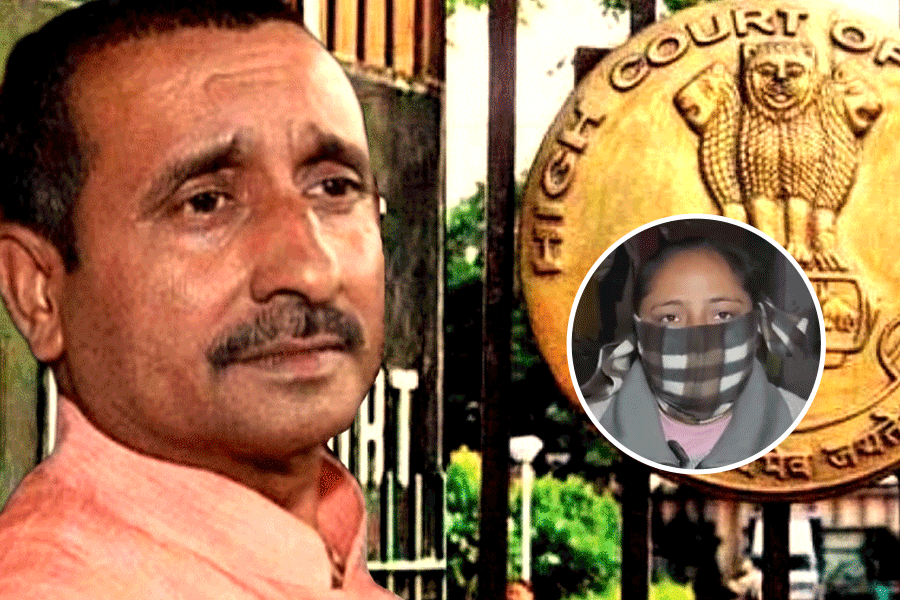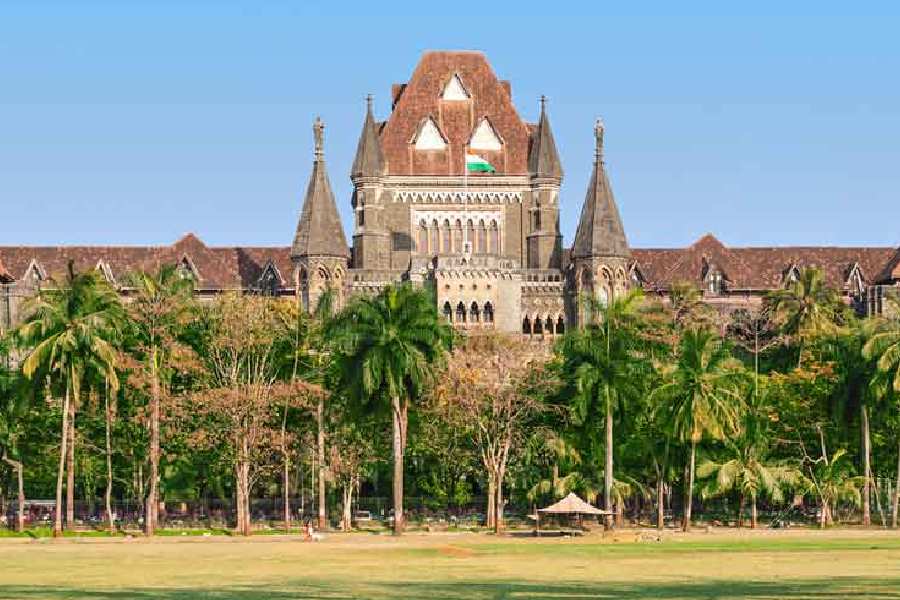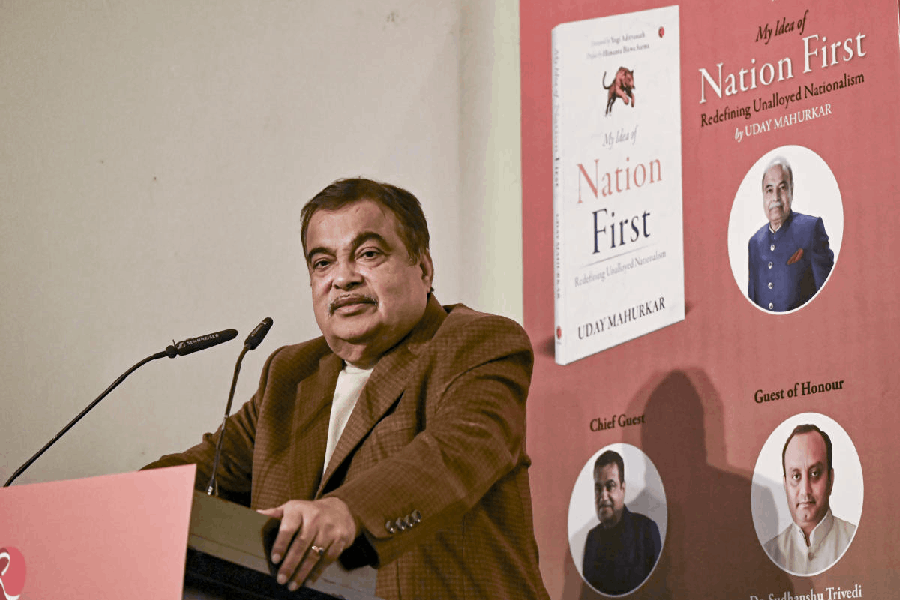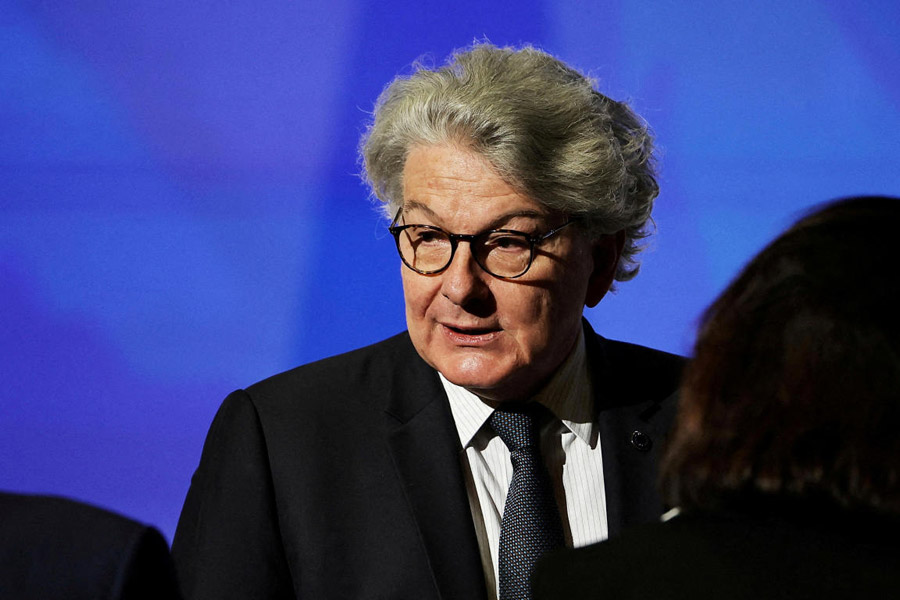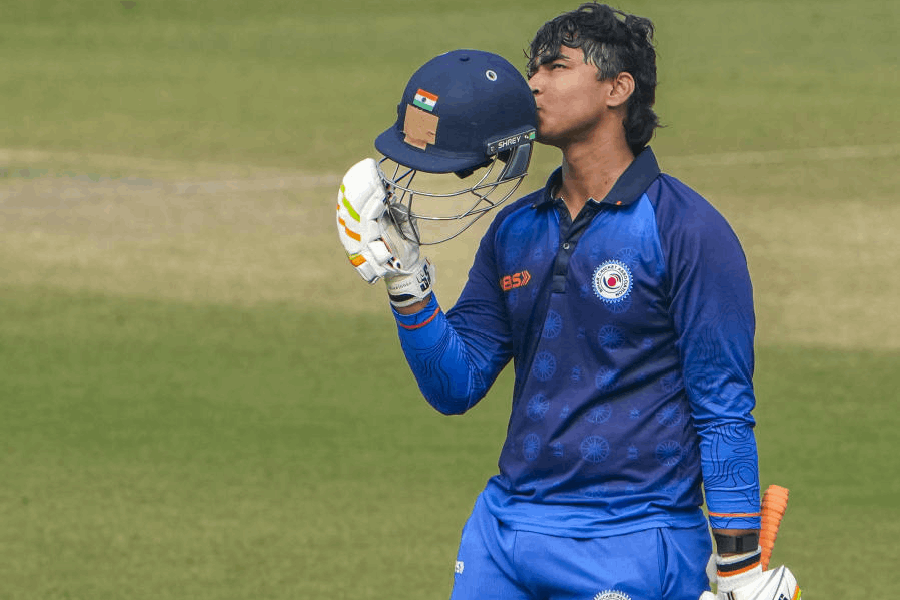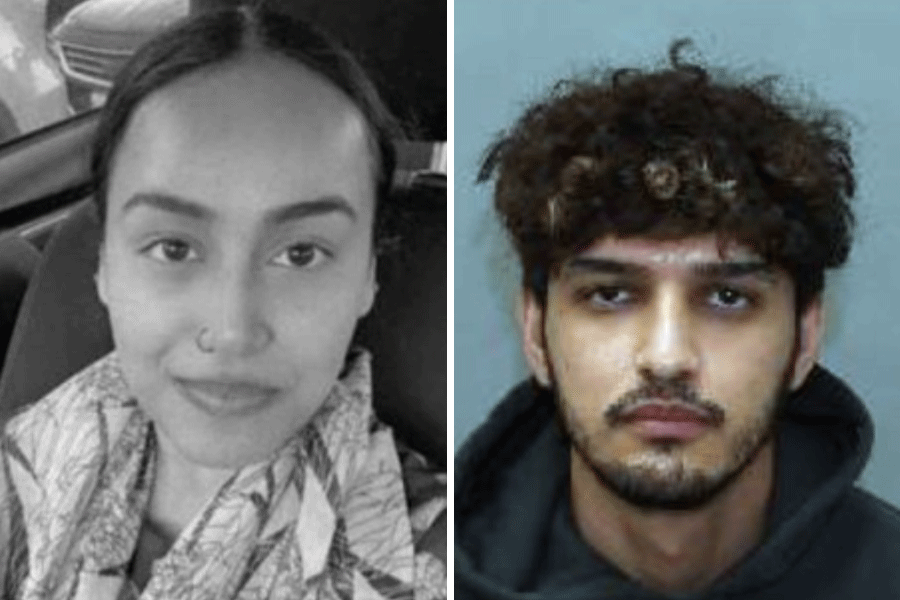|
|
In March 2005, Homai Vyarawalla, India’s first woman press photographer, confessed to her biographer, Sabeena Gadihoke, that it was only 50 years after taking photographs that “I started seeing the value of my work.” At the time, “I was just earning a living” and had little “thought of preserving it for posterity”. And a few years ago, had a Delhi-based photographer not been curious to find out more about the only woman in the list of photographers maintained by the Press Information Bureau, Homai’s work would have been all but forgotten. What remains after many prints and negatives were lost, burnt or thrown away in the years between form a fascinating visual documentary of a newly emergent India, and the basis of filmmaker and academic Sabeena Gadihoke’s India in Focus: Camera Chronicles of Homai Vyarawalla. The photo-biography is based on many interviews with the photographer spread over two years and after dredging through piles of memorabilia and, of course, photographs. The author had not only a rich cornucopia of material at hand but also the privilege of interacting with the bright, perspicacious mind of a woman who, though in her 90s, has the clarity that many much younger would envy. And as a professional with very definite views, Homai Vyarawalla treats us to interesting asides and a few off-the-margin comments on well-known events and icons of those days.
When, in the 1930s, Homai Hathiram learnt how to handle a camera from her boyfriend, Maneckshaw, she had little time for studio-type portraiture, preferring on-location shots of the outdoors and groups — even if these were, at times, posed and over-composed. By this time of course, photographic practice had evolved and changed, and photojournalism was a real option for enterprising young men. It was another matter that women could hardly think of owning expensive equipment, let alone become photographers. Little surprise then that when Homai’s early images were published, they carried Maneckshaw’s name. The couple married in 1941 and moved to Delhi the next year; their somewhat chaotic life — abandoning the chulha in the kitchen when a phone call asked Homai to leave for a shoot, learning about frying bacon from a Perry Mason thriller — was not something new to the young mother who, as the daughter of a peripatetic actor with the Urdu Parsi theatre, had been used to adjusting to unusual circumstances. Photographers with the British Information Service, the Vyarawallas had much to record as the prized bastion of the raj prepared for momentous days of freedom. But before that, there was the horror of Partition, and when the Muslim landlords of their Connaught Place apartment had to flee to a camp, Maneckshaw, Homai, her elderly mother and the young Farouq lived through moments of great stress.
Heavy cameras with glass plates had by now given way to film and the discourse around photography shifted from the staged and manipulated to the spontaneous, and what Homai was to later call the ‘split second’ moment. These were important days for event-based photography, and though there were moments when the early history of a new nation moved with kaleidoscopic rapidity, photographers were not viewed as unwelcome intruders, to be kept at bay. While Homai spoke of dodging and negotiating for space among men wielding a barrage of large cameras — not easy for a slight woman — the paparazzi era was as yet some decades away. As modern-day icons were made (and some destroyed), Homai used the methods increasingly popular with photojournalists — the low-angle shot, flash during daylight and backlighting to enhance images. So as to give her subjects depth, she felt that “the lower angle gave my subjects a good stature and separated them from the background”. Black and white was her preferred medium as she found colour at times excessive.
Homai Vyarawalla’s favourite subject was Jawaharlal Nehru, who, she commented, had “the perfect figure for a photographer. A personality who electrified the entire atmosphere when he entered....” Clearly aware of his charisma, “he posed for pictures, as if unconsciously”. As days of challenging, never-to-be-forgotten events unfolded almost without a pause, Homai recorded Jawaharlal Nehru’s many moods: the charmer hugging his sister Vijayalakshmi (picture), addressing the nation for the first time as prime minister from the ramparts of the Red Fort on August 6, 1947, with Sardar Vallabhbhai Patel by his side, and, of course, with the Mountbattens. There is a pensive Mohammed Ali Jinnah the day before he left for Pakistan, and Mahatma Gandhi, as he arrived at the historic meeting of the All India Congress Committee in June 1947. Homai’s comments on the meeting are most salutary: ducking behind benches and crouching out of sight to take her photographs, she could not help but register that “a handful of people” voted for the Partition of India. Younger socialists like Ram Manohar Lohia and Jayaprakash Narayan and the old guard consisting of Maulana Abul Kalam Azad and of course Gandhiji were visibly upset. More than three pages carry evocative images — the raising of hands by some while others seem totally disinterested, looking on in an unmistakably unfocused fashion, a dejected Maulana seated beside a quizzical C. Rajagopalachari, the crowds awaiting the decision that changed the lives of thousands....
Homai was not at Birla House on that fateful January 30, 1948. Instead, the next day, quickly absorbing her disappointment, she clambered up the drainpipes of an electrical room to get top-angle crowd scenes as a mourning people surged for a final look at the Mahatma. She travelled in a third class compartment along with all other mourners on the train that took his ashes to Allahabad and almost got left behind at Aligarh station; as she positioned herself to take a shot from the platform, she was overwhelmed by the surging crowds, and it was only at the last minute that she was pulled on to the already moving train. Her camera recorded many scenes of that historic journey: crowds running along the train, the tricolour held aloft, mourning leaders and finally the procession at Allahabad. As luck would have it, there was nobody to record the final immersion at the Sangam for as the military vehicle (DUKW) floated ahead, the smaller boats with the press got caught in a sand dune and kept going round in circles. Not even powerful telephoto lenses of the foreign contingent were able to capture the final poignant moment when Mohandas Karamchand Gandhi’s ashes were lowered into the water. On the way back, she noted wryly, mourners piled into first class compartments, and for the overnight journey, non-vegetarian food and even alcoholic drinks were not eschewed.
By the 1950s, Homai Vyarawalla had become an independent photographer in New Delhi, freelancing for the BIS as well as other agencies and individuals. In the morning, she may be taking images of President Rajendra Prasad at an important ceremonial occasion and in the evening, jiving with British families at the Gymkhana Club, camera in hand. Or recording Indira Gandhi, as a caring mother, with Jacqueline Kennedy, or whispering to her aging father at an AICC meet. The only woman among a growing cohort of male press photographers, she was called ‘Mummy’ by her colleagues — a nickname given to her by younger friends. Neither her competence nor panache was ever in question: at an important function at Rashtrapati Bhavan, as she raised her arm for a better shot, she felt the stitches on the sleeves of her hand-stitched sari-blouse come undone. Ignoring the sniggers of some ladies, she calmly pulled off both sleeves “put them in my bag and started working again”. Hardly surprising then that she soon decided to switch to the more practical salwar-kameez. Homai Vyarawalla continued photographing till 1970 (Maneckshaw had died the year before), when she left Delhi to join her son, Farouq, in Pilani, and later Baroda, where she lives today. Till a few years ago, she was her own driver, plumber, electrician and cook. Today, Homai concentrates her creative energies in tending a flourishing terrace garden, manipulating a spade and fork with the same spirit and involvement that imbued her photographic career.



